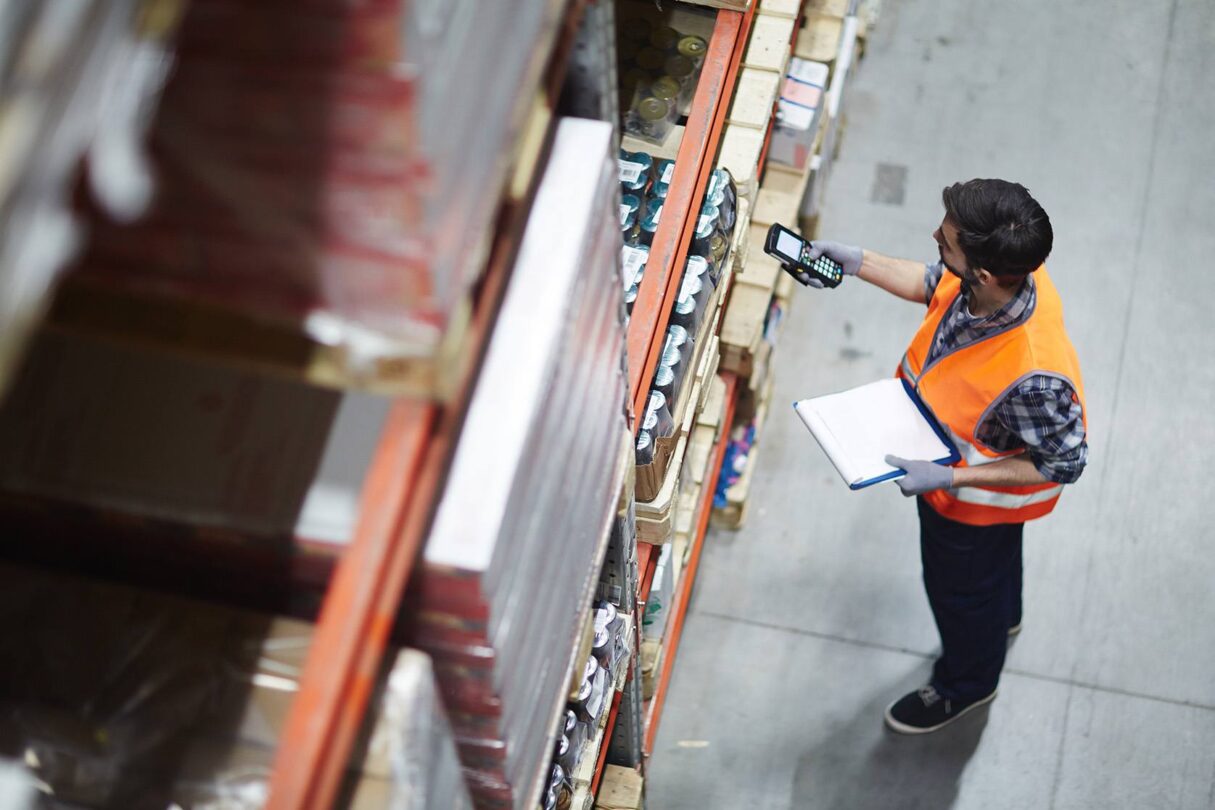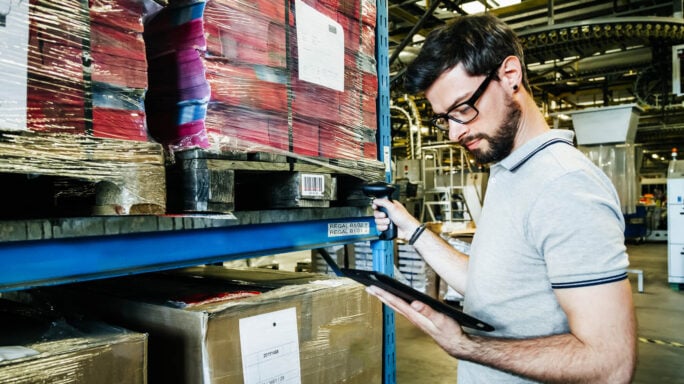The perplexities for inventory planners post COVID-19

As Charles Darwin once said, it’s not the most intelligent nor the strongest who survive but rather those who are better able to adapt to the changing environment in which they find themselves.
Nothing could be closer to the truth, especially in these turbulent COVID-19 times. Companies that can pivot their business, change their operational models, or adapt their product offerings to suit current trends are the ones that will survive. Essentially doing whatever it takes to reposition your business to succeed.
This article provides practical steps for inventory planners. Steps that will help avoid a ripple effect on your inventory that could affect your business for years to come.
For companies, the supply chain is impacted by two major areas:
1. Supply
We have situations where some suppliers are closed down and not likely to open until lockdowns are lifted. Some suppliers can still manufacture but on reduced capacity. This has raised serious questions regarding whether it is prudent to continue sourcing from other parts of the world where we have little or no control over the supply. Companies are re-evaluating the offshore manufacturing options and looking to move that back to local countries as a result. All of this will have a massive impact on supplier reliability and planning parameters like lead times, batch sizes, and minimum buy constraints.
2. Demand
The demand for product lines has changed. There is a demand for products that before COVID-19 were lower on everyone’s shopping list, and due to country lockdown laws, there is zero demand on non-essential products. Inventory planners are wanting to know if this is only in the short term and how long is that short term? Will demand ever return to “normal levels”? What will “normal” look like, months, or even years from now?
On the other hand, due to the dramatic impact this is likely to have on the economy, the demand for a bigger basket of products may be either dramatically reduced or totally non-existent for the foreseeable future. Relating this to the supply chain, we are faced with a situation where both demand and supply is uncertain.
Planning in a situation like this is entirely dependent on the information we have available and the accuracy of that information. Accuracy in this context is likely to relate to how current the data we use is. As an inventory planner, you need to understand what happens to your planning parameters going forward.
The situation that most companies are currently facing is that their sales are lower than usual, and their orders aren’t coming through from suppliers as expected. Even a sophisticated forecasting system with learning ability has very little chance of reacting correctly to this unprecedented change in the demand and supply streams. This has a direct impact on all future forecasts, and you need to make manual changes and strip out these anomalies, or your ordering will be way off.
A few things to consider:
- If you have a non-seasonal forecast, this has probably already dropped the forecast level below normal.
- If you have a seasonal product, this will impact you this time next year when we hopefully no longer have an impact from the COVID-19 pandemic.
- The fact that your forecasts for this period’s sales are way off impacts the forecast risk and sales variability you see in your data. That, in turn, will likely increase the safety stock required, which will trigger bigger orders that will take longer to arrive than planned.
- Ask yourself, is the demand you would have supplied really lost or merely delayed? Lost sales will cause lower demand. Delayed sales will cause a spike going forward that will compound the calculations.
It’s unavoidable that your forecasts and risks are going to be impacted. Get ahead of the data cleanup and make your refinements now, or the impact will continue way into next year.
Your current situation and what to look out for
Delayed orders and lost sales will have an impact on your safety stock as it will increase your demand and supply risks. It’s likely that some inventory planners have already built-in additional buffers to protect themselves since it is unknown how long the pandemic will be.
You may also want to find alternate suppliers to prevent stocking out entirely and leaving your customers without products. Bear in mind that using alternative suppliers brings its own set of challenges – their demand is probably spiking as they deal with these unusual patterns. As the pandemic continues to escalate, so does your supply risk.
Monitor your lead times to make sure that they are corrected once regular supply resumes. Cap the impact of supply risk so that these anomalies don’t have an even more prolonged effect on buffers and orders when things start to normalize. Remember to revert to the preferred vendor you had if that is still the best choice.
Last but not least, communication and collaboration are vital. Communicate both up and down the supply chain. This helps you understand your customer’s requirements and suggest alternatives if they exist. Be honest and transparent. Customers will feel they are being supported, and this will undoubtedly build customer loyalty.
A befitting ending from Charles Darwin – “In the long history of humankind those who learned to collaborate and improvise most effectively have prevailed.”







Your Story begins with a quote — from Darwin!
But Darwin never said that – not even at a level that could be reasonably called a paraphase.
Darwin said that ….in the struggle for survival, the fittest win out at the expense of their rivals because they succeed in adapting themselves best to their environment.
The quote in your story is from a management textbook – it’s a feel good quote – if you adapt you win. Maybe so. but unlikely in the rough and tumble of the survival of the fittest
(in your defense the Web is full of the wrong quote… but the correct one is there as well)